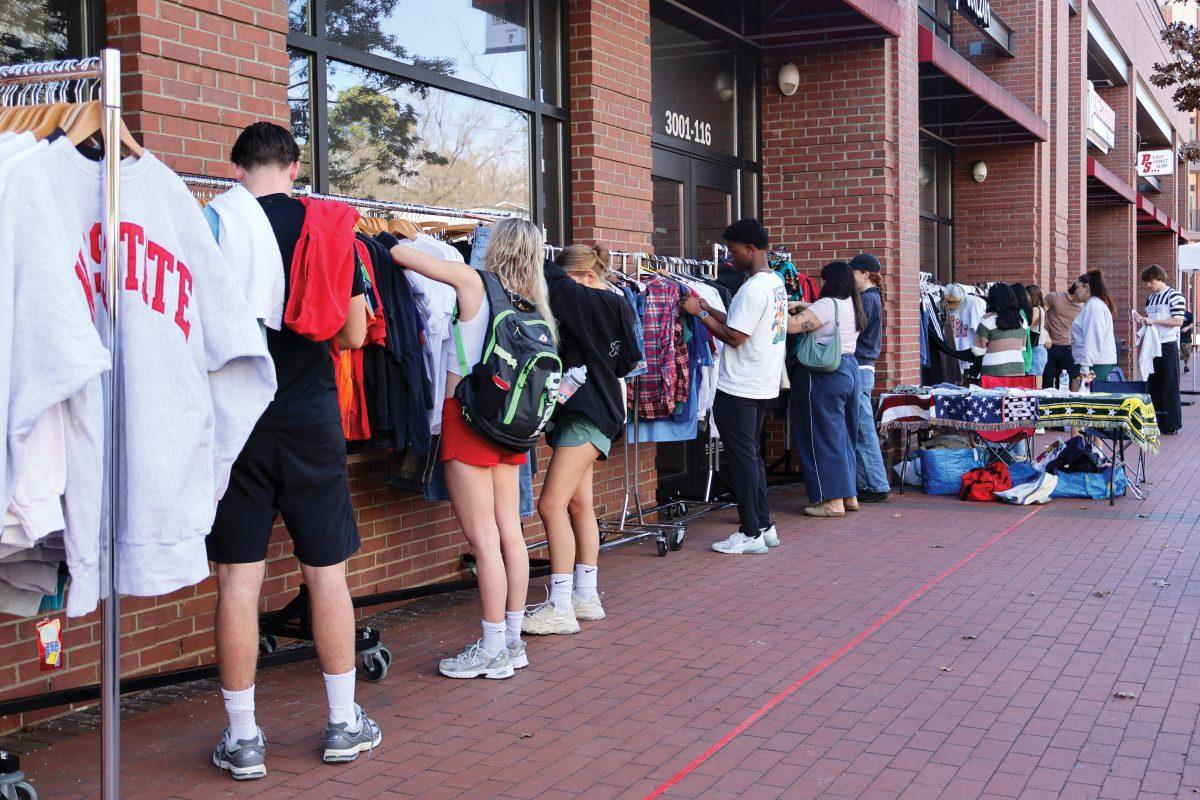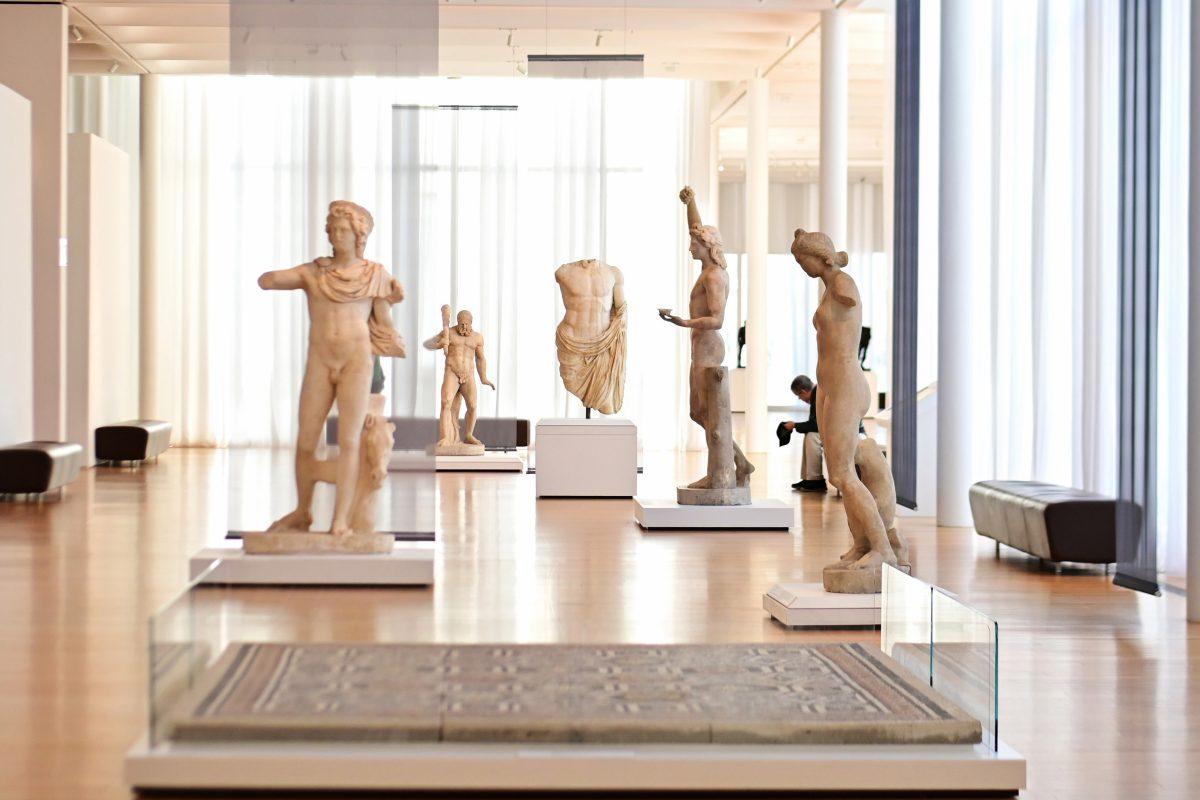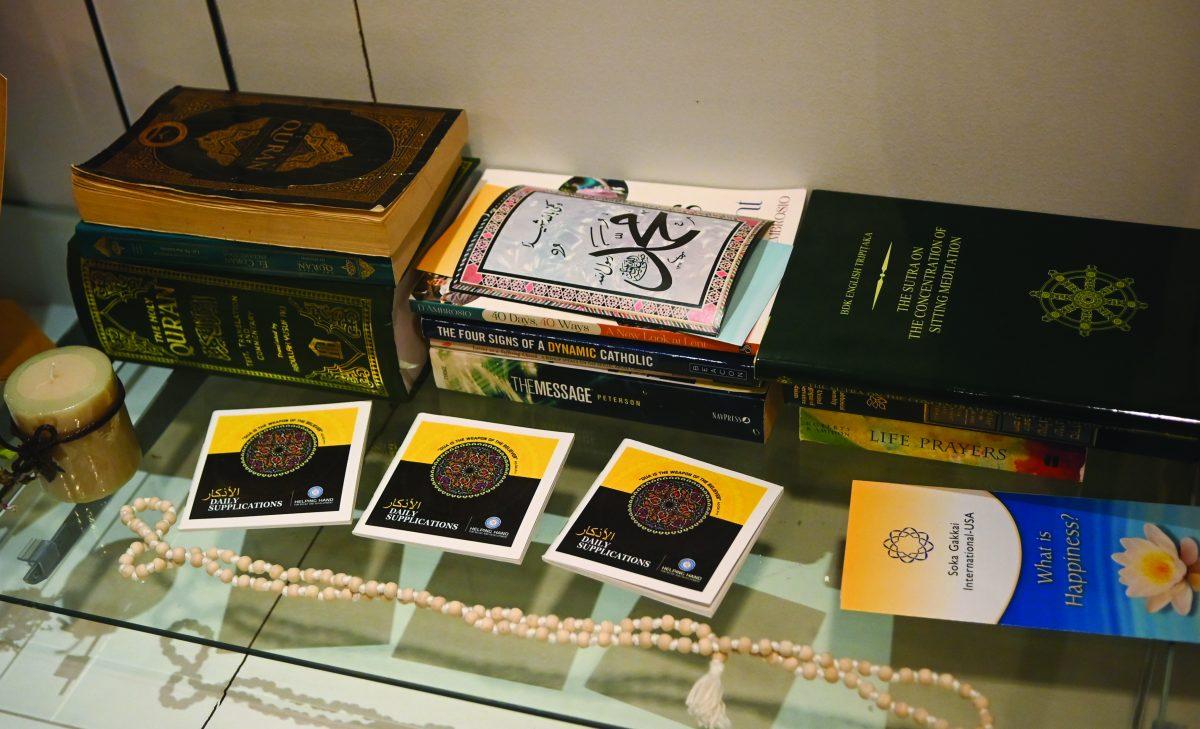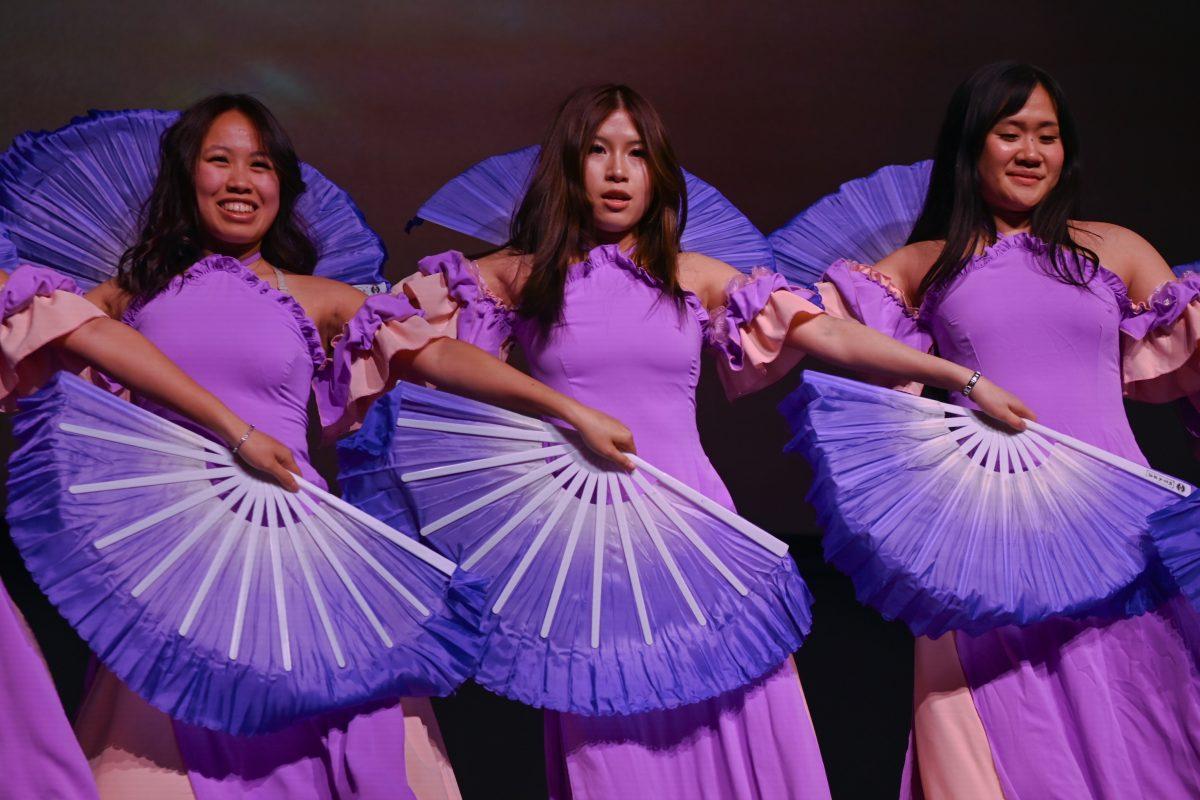This is the fourth article in a series highlighting a researcher from each college at NC State.
In North Carolina, the textile industry has informed many aspects of our dynamic state’s history. Now as we enter a new technical age, the industry is adapting to meet the higher demands of a globalized society in a fast-paced market.
Marissa Noon, a fourth-year studying textile engineering, pushes textile production to its technological limits.
“I started my research as a sophomore,” Noon said. “The first project that I worked on was one where we created faux skin to test a shirt with an ECG monitor woven into it. We used faux skin because it serves a neutral base. The thing about human skin is that everyone sweats at a different rate which makes their body’s moisture content different.”
Noon studies the intersection between medical engineering and textile comfort with the Nano-EXtended Textiles (NEXT) research group at NC State. This research team, headquartered in the Wilson College of Textiles, consists of undergraduate and graduate students.
“It’s a conglomerate of people from different backgrounds and work experiences,” Noon said. “We have a few international students, which is pretty cool too.”
According to the group’s website, the NEXT team implements an engineering design philosophy to develop textile materials that integrate smart software. This includes textile electronic systems, such as the shirt with the ECG monitor.
“Currently, I am working with a Ph.D. student on various e-textiles projects,” Noon said. “We look at e-textiles under different simulations, like virtual reality.”
An electronic textile or e-textile product contains embedded digital components, like a heart monitor or some other form of technical enhancement.
“Right now, we are working to improve data quality by using an armband to simulate the functionality of a garment with an ECG monitor,” Noon said.
Noon arrived at NC State with an interest in e-textiles. She approached her professors about possible research opportunities in that field and they connected her with the NEXT group.
“I have always considered myself to be a hands-on learner, so I knew from the get-go that being involved in research would be very important for me,” Noon said. “I want to take what I learn in the classroom and apply it to real world situations.”
In her research, Noon implements knowledge she gained from her introductory courses in the Wilson College of Textiles.
“I never actually had a class dedicated to e-textiles or even just the interactions between electronics and clothing,” Noon said. “I will say that having a basic understanding of fibers, fabrics and knit structures plays a key role in interpreting how a garment interacts with an electronic component.”
Although she did not have e-textile experience prior to this, Noon’s undergraduate research has helped to shape her class schedule.
“I did end up taking an e-textiles class over the summer,” Noon said. “It was called ‘E-Textiles Incorporated’ and we were tasked with creating our own e-textiles product. I focused on the sports or activewear industry.”
Noon hopes to one day work in the sports industry where she can optimize athletic performance through the design and production of e-textiles. In her summer course, Noon developed a prototype for a smart sock that will assist wearers recover from ankle injuries.
“It helps to heal ankle sprains and tracks your progress toward recovery,” Noon said. “You can use this sock instead of going to see a doctor every couple of weeks or a physical therapist. Those are expensive visits and we are busy people — not everyone has time to make those appointments.”
According to Noon, her greatest undergraduate research accomplishments include being a co-author on two papers — both of which should be published in Summer 2022. In the future, Noon plans to travel and to attend graduate school where she will learn more about global advancements in e-textiles.














